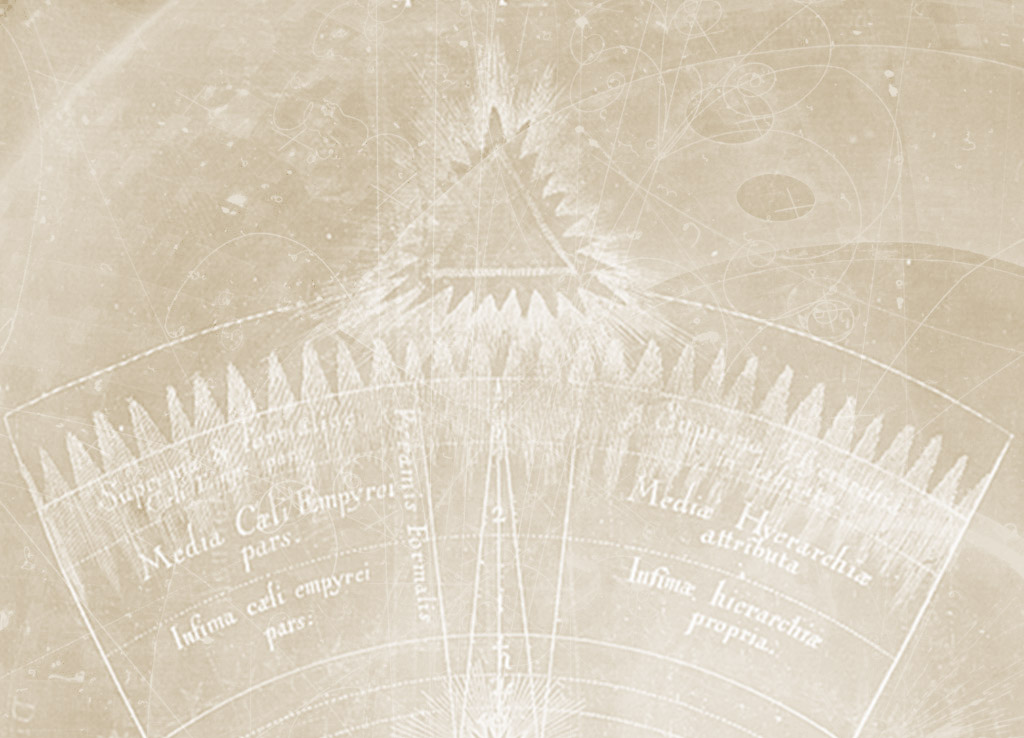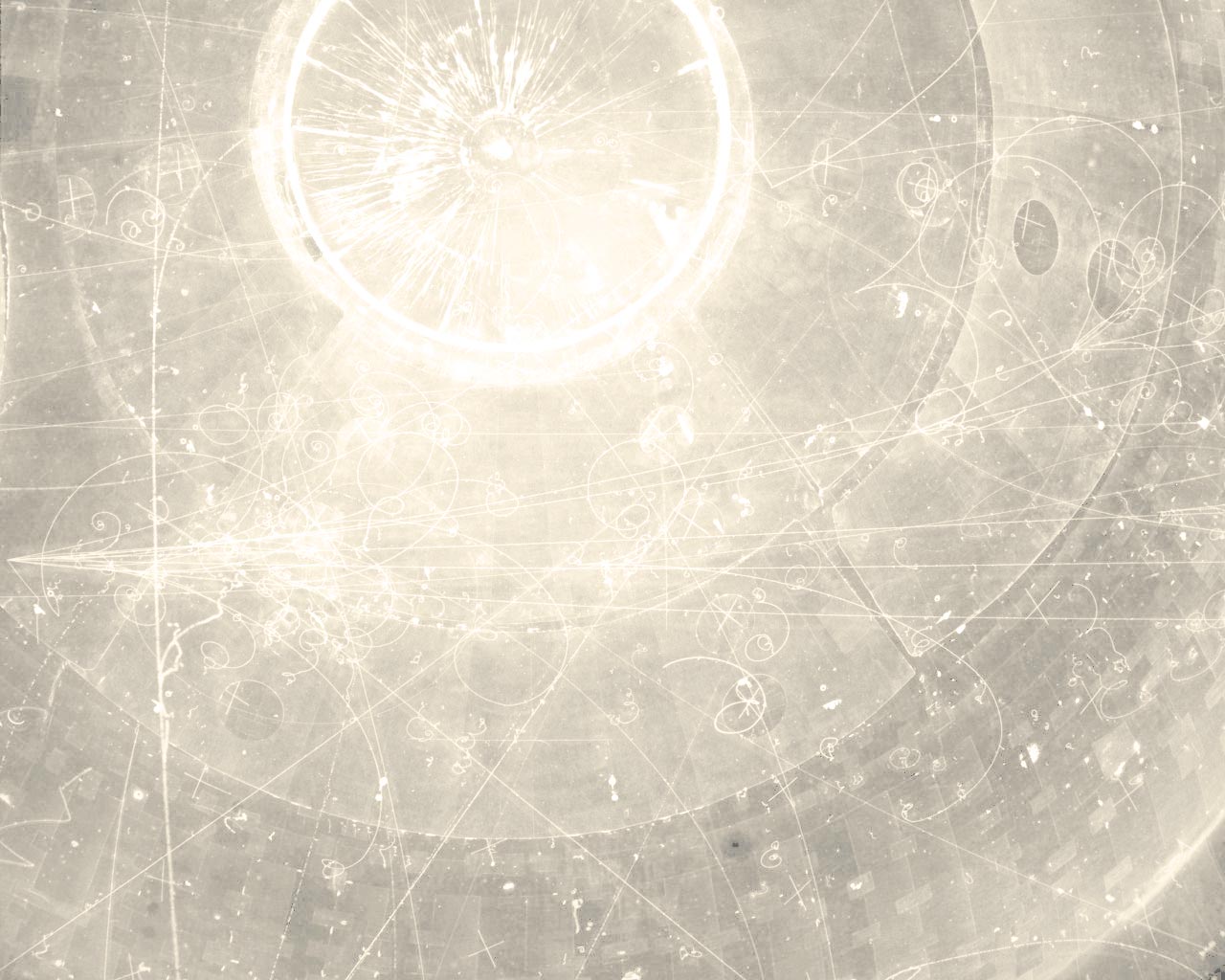Use this search box to explore the library or read below for guidance.
Dear reader, welcome to the Era of Visions library, a global resource relating to traditional sacred art as well as contemporary visionary and sacred art.
The lineages, and developments of this art is of great interest, and inter-relates on many profound levels of sacred tradition, world history, consciousness, science & technology, evolution and culture. Hence this Library.
Where possible we endevour to cite and reference our sources, in order that this Library may be considered a source of scholarly veracity. We especially hope this library will help artists, researchers, authors and students understand the historical, traditional, psychological and spiritual contexts to the world of visionary art.
– Daniel Mirante, Byron Bay, Australia January 2021
Top 3 Articles Recommended for Orientation
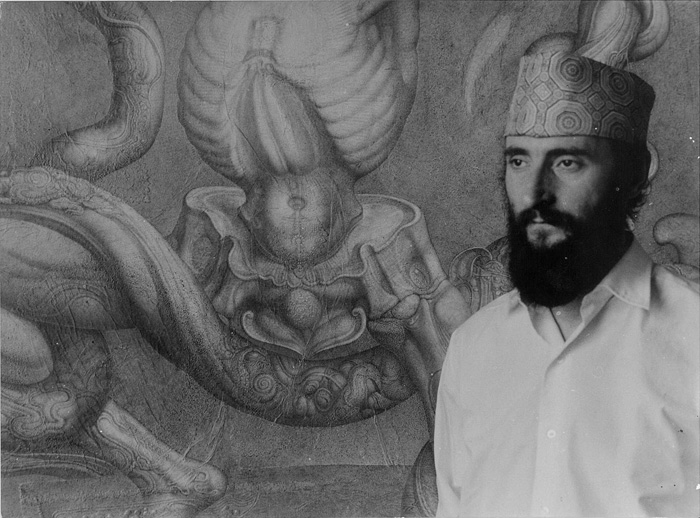
An Introduction to Ernst Fuchs
Daniel Mirante
Ernst Fuchs was an extraordinarily talented and multifaceted Austrian artist born on February 13, 1930. He was a master of several mediums including painting, drawing, printmaking, and sculpture, and he also ventured into architecture, stage designing, poetry, and singing. Fuchs was a pivotal figure in the Vienna School of Fantastic Realism, a movement he co-founded. His legacy places him as one of the pivotal founders of contemporary visionary art and one of the great preservers and reinvigorators of the timeless legacy of sacred art.
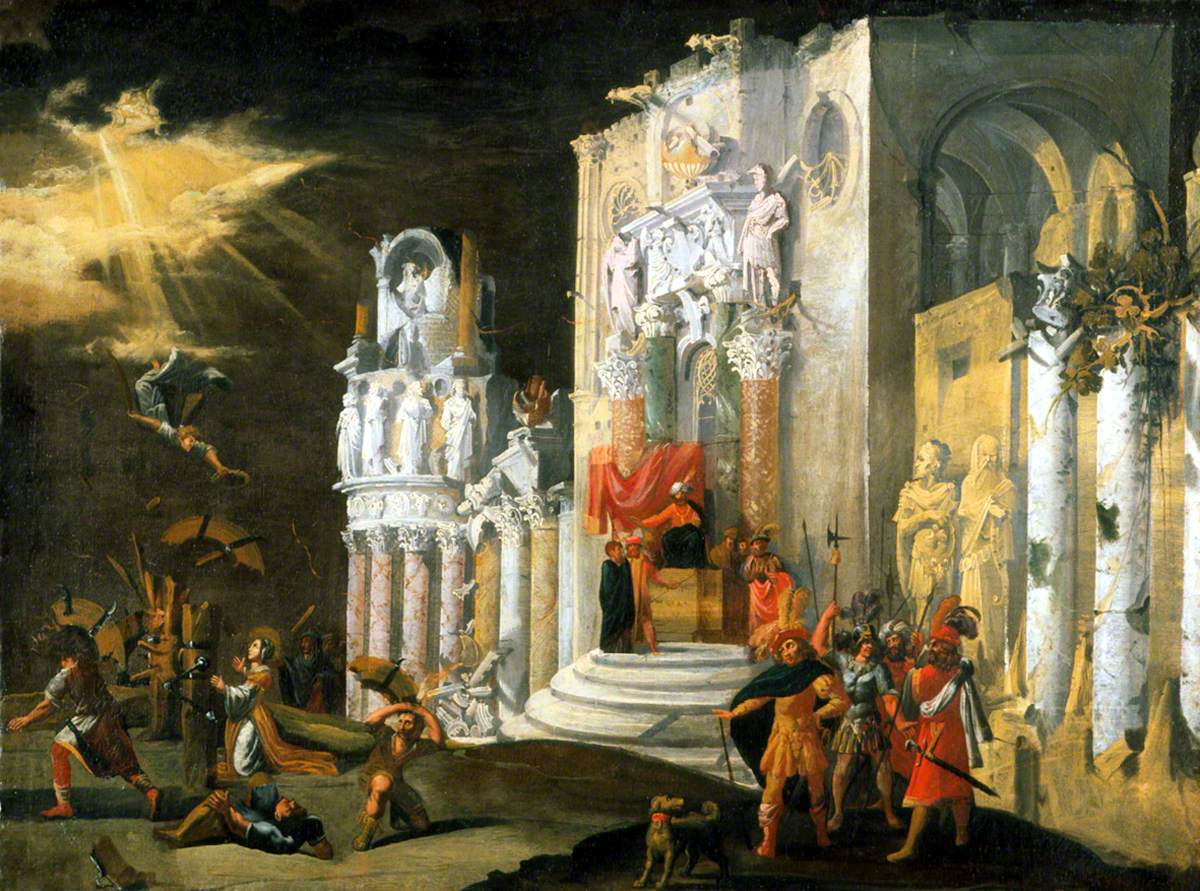
Yearning, Sorrow & Desire – The Capriccio of Monsu Desiderio and Descendents
Daniel Mirante
Ruins hold an enigma for artists concerned with the psycho-archeology of culture. Capricci is a yearning for the archaic, it is also a kind of solace for the broken-hearted who feel they are born to times where the ruins are not physical, but symbolic.
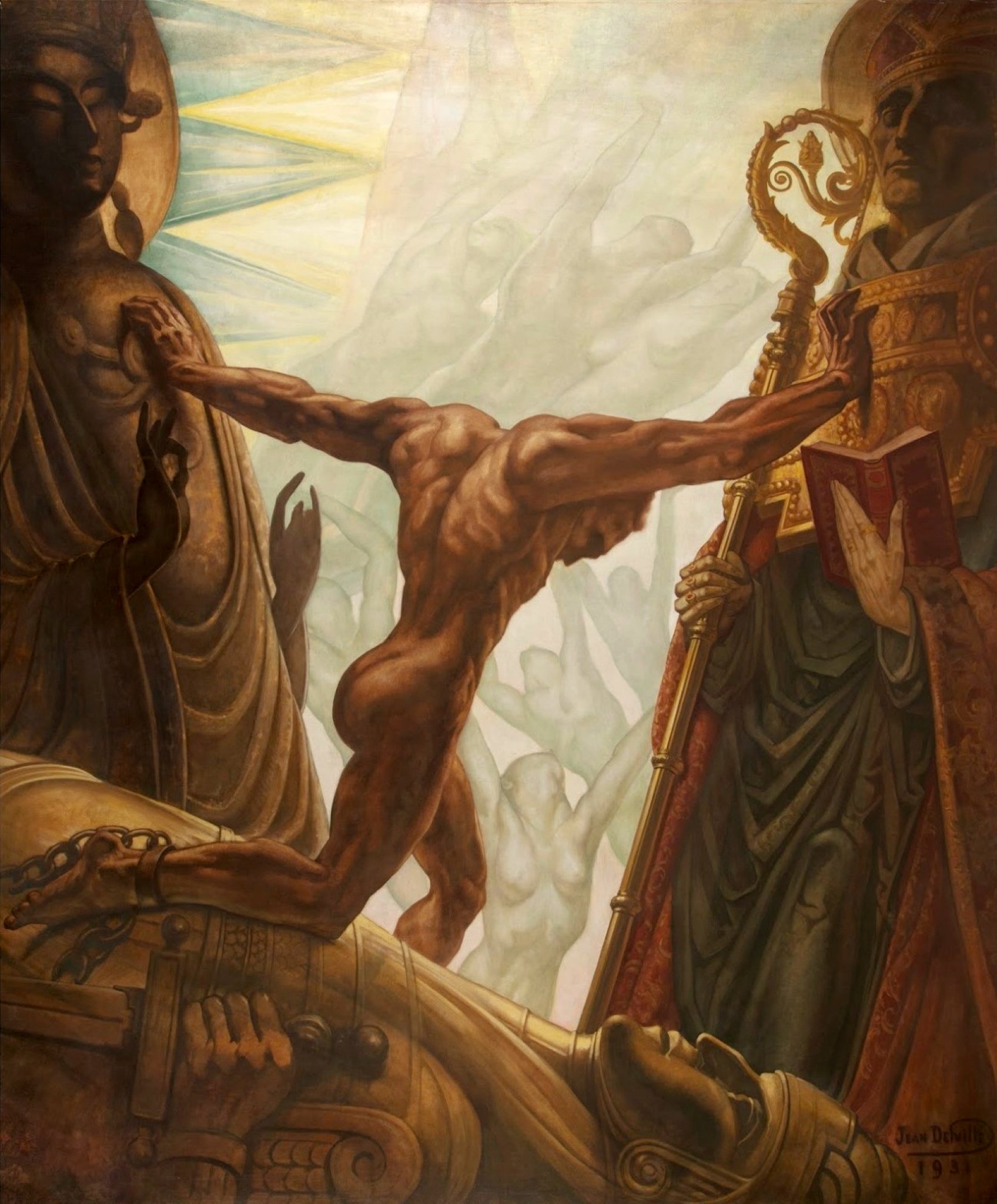
Remaking Cultural Sense – The Symbolist World of Peladan
Sasha Chaitow
Symbolism is a forerunner of contemporary visionary art. It prefigures the transformation from classical and traditional premodern forms into a more dynamic, idiosyncratic personal vision. It is with great pleasure that Era Of Visions can share this original interview with Sasha Chaitow, who generously shared her expertise. Sasha is a contemporary scholar of the Symbolist Movement, who has focussed her research on the enigmatic, influential figure known as Peladan.
Recent Additions by Category

Red K Elders Interview
Daniel Mirante
Added on November 12, 2023
Included in Categories: Art History & Theory, Interviews & Featured Artists, Myth & Symbol
Red K Elders has honoured us with her time and energy to give an interview into the nature of her skillful, potent and aesthetic imagery that invokes powerful principle archetypes, energies and entities of pan-European and Mediterranean mythologies. We hope dear reader you will enjoy this conversation which seeks to explore deep into the practice of this remarkable artist.

Goddess of the Jewelled Web – The Transmission of the Transpersonal in Visionary Art
Daniel Mirante
Added on September 6, 2021
Included in Categories: Art History & Theory, Complexity, Chaos & Emergent Order, Myth & Symbol
Art striving for an existential veracity or ‘truth’ will be put upon a difficult and confusing road, forking and branching pathways; between on one hand positivist and nominalist systems tending toward rationality (as in ‘ratio’, to measure), and on the other extreme something akin to pure aesthetics, decor, and the enjoyment of a sensoric object. What we wish to seek here is a deeper meaning for the Arts which put Sacred Art upon a respectable and integral foundation.

An Interview with Pablo Amaringo
Howard Charing
Added on October 24, 2020
Included in Categories: Ecology & Art, Interviews & Featured Artists
The late Pablo Amaringo trained as a curandero in the Amazon, healing himself and others from the age of ten, but gave this up in 1977 to become a full-time painter and art teacher at his Usko-Ayar school. Pablo left us this November 2009, and this interview is posted in homage to this great Artist and great Man.

Elisabeth Landgraf Interview – Trancing the Sacred
Daniel Mirante
Added on September 18, 2023
Included in Categories: Interviews & Featured Artists
Elisabeth Landgraf is a remarkable artist whose life journey weaves from the mountainous landscapes of South Korea to the bustling streets of Paris and the picturesque vistas of Scotland. A journey not just across continents, but through the realms of self-discovery

An Introduction to Ernst Fuchs
Daniel Mirante
Added on September 9, 2023
Included in Categories: Art History & Theory, Interviews & Featured Artists, Introductions to Visionary & Sacred Art
Ernst Fuchs was an extraordinarily talented and multifaceted Austrian artist born on February 13, 1930. He was a master of several mediums including painting, drawing, printmaking, and sculpture, and he also ventured into architecture, stage designing, poetry, and singing. Fuchs was a pivotal figure in the Vienna School of Fantastic Realism, a movement he co-founded. His legacy places him as one of the pivotal founders of contemporary visionary art and one of the great preservers and reinvigorators of the timeless legacy of sacred art.

Hesiod, Theogony, Part 1 – Hymn to the Muses
Daniel Mirante
Added on August 14, 2023
Included in Categories: Myth & Symbol, Visionary Prose & Literature
A reading of ‘Hymn to the Muses’ from Hesiods Theogony. Read by Daniel Mirante and accompanied by high-res closeups of ‘Parnassus’, by Andrea Mantegna, oil and egg tempera painting.

The Kafno Ikon – An Exploration
Tanya Maria Semaan
Added on June 7, 2022
Included in Categories: Interviews & Featured Artists, Religious Tradition
Biblical and Historical Explanation for the First Original Monumental KAFNO Icon painted by Tanya Maria Semaan who generously provided this exegesis of the Ikon.

Thomas Cole’s The Course Of Empire (in his own words)
admin
Added on July 18, 2021
Included in Categories: Art History & Theory, Traditionalist School
Thomas Cole’s importance and influence as an American artist exploded during the mid‐1830s and his career flourished in the early 1840s. He deeply influenced his immediate peers and successive generations of American artists. He transformed the landscape genre from a reflective art to a medium of expressing historical, social, and political theory.

PSYCHOSIS: “Experimental” and Real
admin
Added on October 7, 2023
Included in Categories: Transpersonal Psychology
It is not difficult to see how insights, whether into oneself or the outside world, can precipitate “psychotic” episodes, and why from that point onward the individual is likely to find it difficult to articulate with the culture. There are at least two ways in which an “insight” can trigger a neurological “jam session”: (1) by arousing an intense emotion and thus altering the chemical composition of the blood and consequently the functioning of the brain, and (2) by a sudden collapse of boundaries between two or more cognitive structures previously kept separated from each other, within that particular individual’s total set of cognitive structures.
21st Century Visionaries : Oleg Korolev
admin
Added on October 12, 2021
Included in Categories: Uncategorized
There is no excerpt because this is a protected post.

Hymn to Proserpine
admin
Added on June 2, 2023
Included in Categories: Visionary Prose & Literature
“Hymn to Proserpine” is a poem by Algernon Charles Swinburne, published in Poems and Ballads in 1866. The poem is addressed to the goddess Proserpina, the Roman equivalent of Persephone, but laments the rise of Christianity for displacing the pagan goddess and the pantheon.
